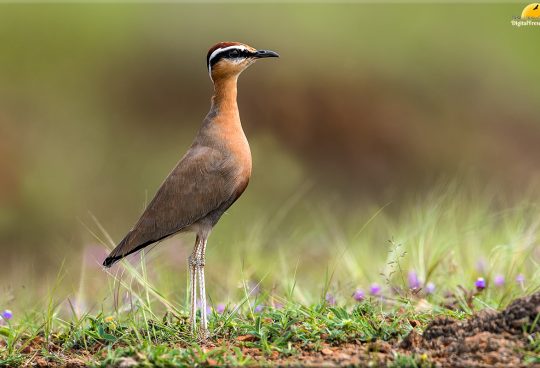New World tapirs generally live in the forests and grasslands of Central and South America. All tapir species are at-risk largely due to hunting and habitat loss. Tapirs look something like pigs with trunks, but they are actually related to horses and rhinoceroses. This eclectic lineage is an ancient one—and so is the tapir itself. Scientists believe that these animals have changed little over tens of millions of years. Tapirs have a short prehensile (gripping) trunk, which is really an extended nose and upper lip. They use this trunk to grab branches and clean them of leaves or to help pluck tasty fruit. Tapirs feed each morning and evening. During these hours they follow tunnel-like paths, worn through the heavy brush by many a tapir footstep, to reach water holes and lush feeding grounds. As they roam and defecate they deposit the seeds they have consumed and promote future plant growth.
Four extant species within one extant genus are widely recognised. Three are found in Central and South America, while the fourth is found in Asia. Some researchers have identified a fifth species, the kabomani tapir, but its existence as a distinct species is widely disputed. Although they frequently live in dryland forests, tapirs with access to rivers spend a good deal of time in and under water, feeding on soft vegetation, taking refuge from predators, and cooling off during hot periods. Tapirs near a water source will swim, sink to the bottom, and walk along the riverbed to feed, and have been known to submerge themselves to allow small fish to pick parasites off their bulky bodies. In the wild, the tapir’s diet consists of fruit, berries, and leaves, particularly young, tender growth. Tapirs will spend many of their waking hours foraging along well-worn trails, snouts to the ground in search of food. They are becoming rare in their habitats, mostly due to habitat destruction and poaching, and they are designated as either Vulnerable or Endangered as a result by IUCN.
![]()






Sorry, the comment form is closed at this time.